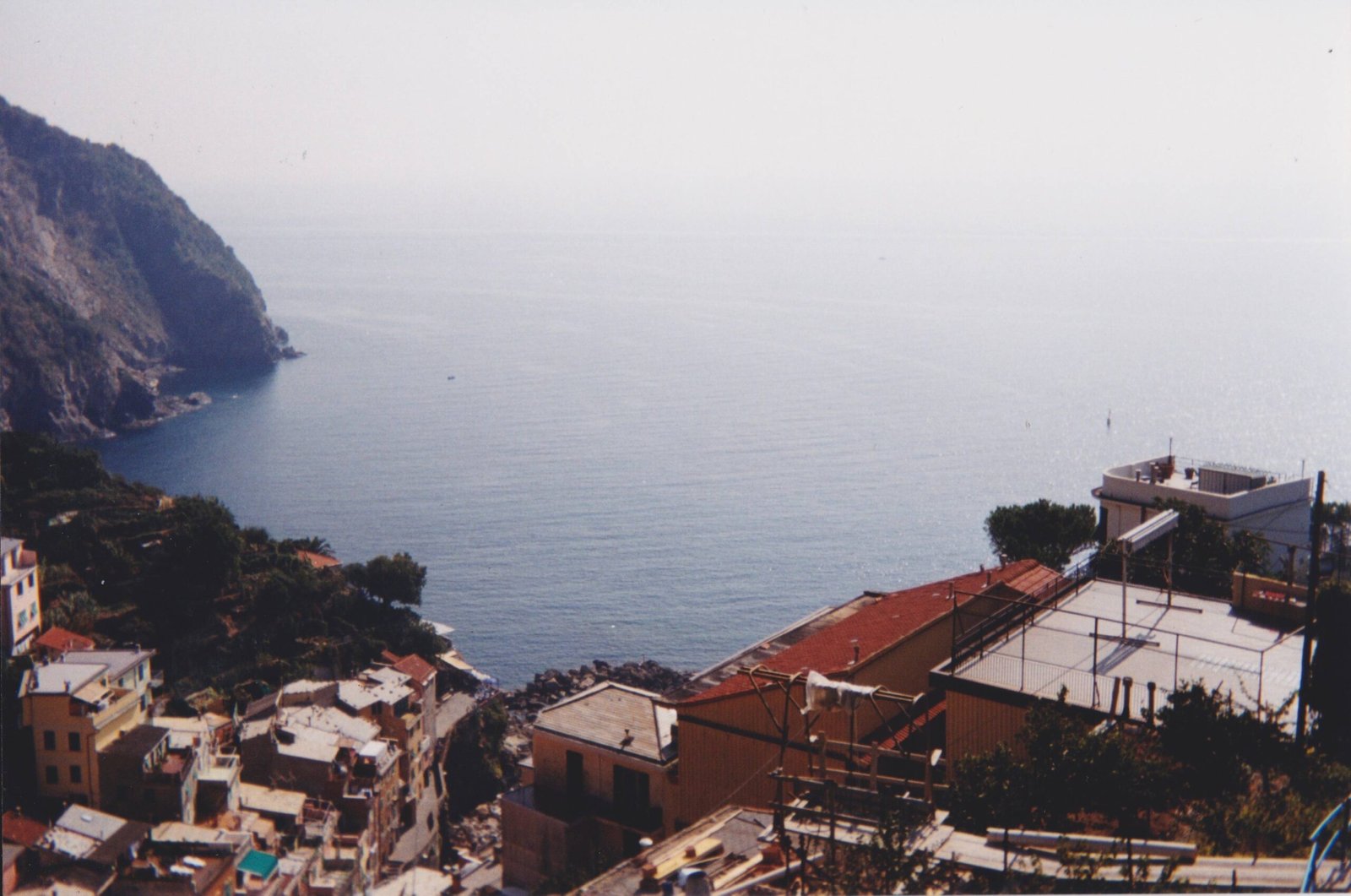Nestled along the rugged Italian Riviera, Manarola’s doorways stand as silent storytellers of maritime history, architectural resilience, and cultural identity. These stone-framed portals, carved into steep cliffside buildings, represent more than mere entrances—they are living artifacts that capture the essence of a centuries-old coastal community, blending functionality with aesthetic beauty in a landscape where human settlement defies geographical challenges.
What Makes Manarola Doorways Unique?
Manarola’s doorways are extraordinary architectural elements that reflect the village’s adaptation to challenging terrain. Constructed primarily from local sandstone and featuring rustic, minimalist designs, these entryways are integral to the village’s UNESCO World Heritage landscape.
Architectural Characteristics
| Feature | Description | Significance |
|---|---|---|
| Material | Local Sandstone | Reflects regional building traditions |
| Design | Compact, Functional | Adapts to steep terrain |
| Color Palette | Earthy Tones | Blends with natural landscape |
Historical Context of Doorways
The doorways in Manarola date back to the late Middle Ages, representing a remarkable architectural evolution. Each entrance tells a story of maritime communities, agricultural resilience, and survival against challenging geographical conditions.
How Do Doorways Reflect Local Culture?
Manarola’s doorways are more than architectural elements—they are cultural narratives. They showcase:
- Resourceful use of limited space
- Adaptation to vertical terrain
- Community’s connection with maritime environment
- Preservation of traditional building techniques
Construction Techniques
Doorways in Manarola demonstrate sophisticated local craftsmanship:
- Stone Selection: Carefully chosen local sandstone
- Structural Integration: Seamlessly built into cliff-side structures
- Minimal Ornamentation: Functional design prioritizing durability
Where Can Visitors Experience These Architectural Marvels?
Travelers can explore Manarola’s doorways through:
- Guided walking tours
- Self-guided architectural walks
- Photography expeditions
- Local cultural heritage programs
Accessibility Information
| Transportation Method | Accessibility Level | Recommended For |
|---|---|---|
| Train | High | Most Tourists |
| Walking Trails | Moderate | Adventure Seekers |
| Boat Services | High | Scenic Route Lovers |
What Preservation Efforts Protect These Doorways?
Local and national conservation programs actively work to:
- Maintain original stone structures
- Prevent structural degradation
- Document architectural heritage
- Educate visitors about cultural significance
Conservation Strategies
- Regular structural assessments
- Traditional restoration techniques
- Community engagement programs
- UNESCO World Heritage site protections
Why Are Manarola Doorways Photographically Compelling?
Photographers are drawn to these doorways because they:
- Offer dramatic visual compositions
- Capture interplay of architecture and landscape
- Represent timeless Mediterranean aesthetics
- Showcase human adaptation to challenging environments
Photography Tips
- Visit during golden hour
- Use wide-angle lenses
- Capture contextual surroundings
- Focus on architectural details
Practical Visitor Information
- Best Time to Visit: May to September
- Recommended Duration: 2-3 hours
- Photography Permissions: Generally allowed
- Guided Tour Availability: Multiple daily options
Essential Travel Recommendations
- Wear comfortable walking shoes
- Bring water and sun protection
- Respect local community spaces
- Book tours in advance during peak season
Conclusion
Manarola’s doorways are more than architectural elements—they are living testimonies of human creativity, resilience, and harmony with nature. Each stone-framed entrance invites exploration, telling stories of generations who have carved a remarkable existence into these dramatic coastal landscapes.

